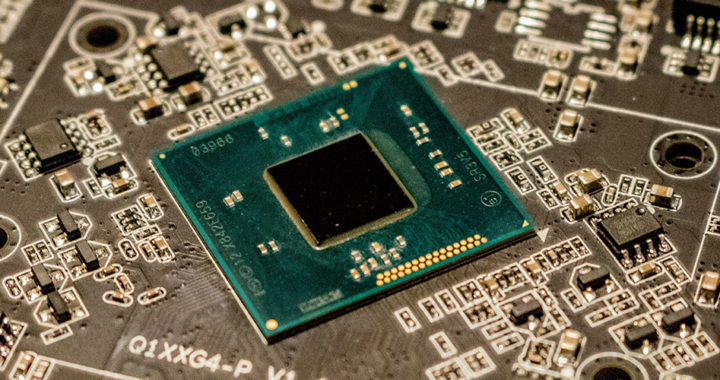Microprocessors based on the ARM architecture have become part of the mainstream market for consumer electronic devices. The popularity of smart and portable devices has increased the demand for processors that balance performance and power efficiency. Notable examples include the A series processors in iPhone and iPad devices, the M series processor first introduced by Apple Inc. in 2020, and the Qualcomm Snapdragon and MediaTek chipsets found in Android smartphones, among others.
What is ARM Architecture? What Are ARM Processors? How do they Differ?
Advanced RISC Machine or ARM is a specific instruction set architecture developed by Arm Ltd. Based largely on reduced instruction set computer or RISC architecture, ARM processors power most of the smartphone and tablet devices in the market, as well as gaming consoles and a slew of smart devices ranging from smart TVs and smart watches.
The direct counterpart to both ARM and RISC includes all other processors based on complex instruction set computer or CISC architecture. With the introduction of desktop-grade CPUs based on Advanced RISC Machine, x86 processors from manufacturers such as Intel and AMD collectively serve as a more specific counterpart.
Examples of x86 processors include the Core i3, Core i5, Core i7, and Core i9 processors from the Intel Core series, the business-grade Intel Xeon processors, and the Athlon series and Ryzen series of CPUs from AMD. The difference between x86 processors and ARM centers on the difference between CISC and RISC architectures.
A processor based on ARM architecture generally uses simpler instructions, operates at one instruction per cycle, and has a fixed instruction size. On the other hand, processors based on x86 architecture work by combining simple instructions into a single complex one.
What are the Pros and Cons of Processors Based on the ARM Architecture?
Below are the specific advantages and characteristics Advanced RISC Machine:
• Energy Efficiency. They are ideal for battery-operated devices because they have good performance per watt. They also required lesser heat management system because they emit less heat when compared to x86 processors.
• Performance Capability: Another key advantage is performance. Despite being power efficient, ARM processors have remarkable processing capabilities. Consider the latest versions of A series processors and the new M processor from Apple as examples.
• Heterogeneous Computing: Processors based on this architecture have multi-cores. Some cores are designed to handle low-power tasks, while the remaining ones are intended to handle resource-intensive operations.
• Upside of RISC Architecture: Because ARM is based on RISC architecture, it inherently has the following characteristics and key advantages: a smaller number of instruction formats, few numbers of instructions, and few addressing modes.
• Arm Ltd. Licensing: Note that Arm Ltd. is a semiconductor designer. Licensing schemes with other designers and chipmakers allow a great degree of freedom and flexibility with regard to controlling costs and hardware-software integration.
The following are the disadvantages and limitations Advanced RISC Machine:
• Software Incompatibility: Compatibility issues remain a hurdle toward the full adoption of ARM-based processors for use in personal computers. Programs or apps written on x86 architecture will not run natively on ARM-powered devices.
• Capability of Programmers: The performance of ARM processors is dependent on the quality of software or apps written by developers. RISC-based CPUs tend to perform poorly when fed with codes from poorly written programs.
• Drawbacks of RISC Architecture: Developing programs for RISC needs more effort when compared to developing for CISC-based architecture such as x86 architecture. The simplicity of RISC puts a lot of stress on the app.
• Concerns Over Choice: ARM architecture provides certain companies with an opportunity for vertical integration. There are some concerns over companies limiting developers and consumers due to their full control over their hardware and software.





